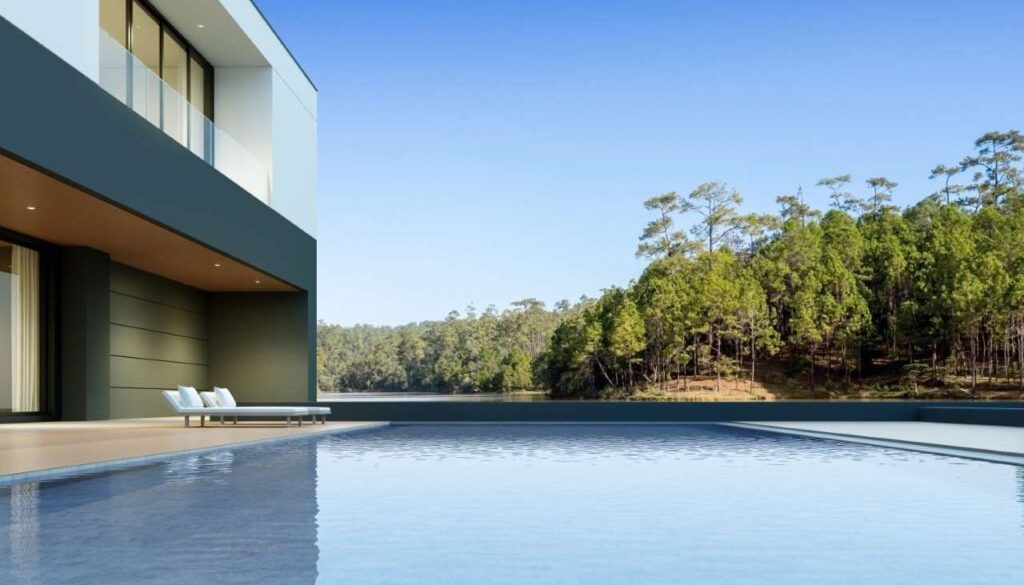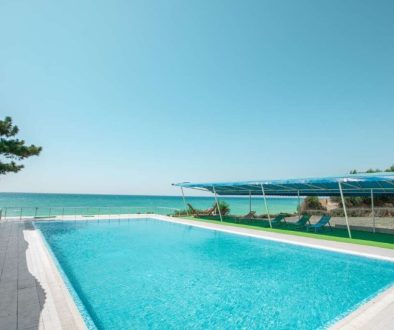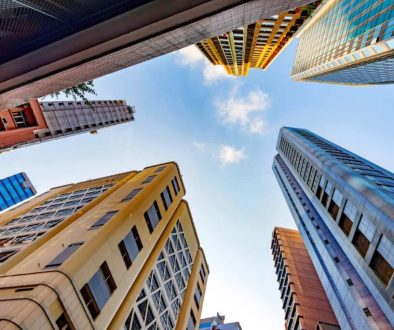Why Mixed-Use Developments Are Gaining Popularity
Why Mixed-Use Developments Are Gaining Popularity
Mixed-use developments are rapidly becoming a cornerstone of urban planning and real estate, blending residential, commercial, and recreational spaces into cohesive environments. These developments cater to the modern lifestyle, emphasizing convenience, community, and sustainability. In this blog post, we will explore the reasons behind the rising popularity of mixed-use developments, their advantages, and the impact they have on urban landscapes. From enhancing community engagement to providing economic benefits, mixed-use spaces are shaping the cities of tomorrow.
Introduction
In recent years, the concept of mixed-use developments has gained significant traction in urban areas across the globe. These developments integrate various functions—residential, commercial, and recreational—within a single project, promoting vibrant communities and sustainable living. As urban populations grow, the need for efficient land use and communal spaces has never been more pressing. This article will delve into the reasons behind the increasing popularity of mixed-use developments, examine their benefits, and highlight examples of successful implementations.
1. The Convenience Factor: A Community in One Location
One of the primary reasons mixed-use developments are gaining popularity is their inherent convenience. Residents in these environments enjoy immediate access to essential amenities such as grocery stores, restaurants, gyms, and parks—all within walking distance. This accessibility diminishes the need for long commutes, ultimately saving time and reducing transportation costs.
For instance, projects like the Clearwater Beach area in Florida combine residential units with retail shops and dining options. Residents can enjoy a beachfront lifestyle without the hassle of a long drive to shop or eat out. Such arrangements encourage a more active lifestyle as residents opt to walk or bike instead of relying on cars, thus promoting healthier habits and reducing carbon footprints.
2. Economic Viability and Increased Property Values
Mixed-use developments often prove to be economically advantageous for both developers and municipalities. By combining residential and commercial spaces, developers can diversify their revenue streams, which enhances financial sustainability. Furthermore, these developments can lead to increased property values due to their attractive living conditions and proximity to essential services.
According to a report from the Urban Land Institute, properties located within mixed-use developments often see a higher appreciation in value compared to traditional single-use properties. Cities can also benefit economically, as the concentration of businesses within these developments generates tax revenues while stimulating local job creation.
A notable example is the redevelopment of the former warehouse district into the East End Market in Orlando, Florida. By integrating local businesses, restaurants, and residential spaces, property values in the vicinity surged, benefiting both residents and investors.
3. Enhancing Urban Living Through Community Engagement
Mixed-use developments foster a sense of community that is often lacking in traditional urban settings. By integrating diverse spaces, these developments encourage social interaction among residents and businesses, leading to stronger community ties. Parks, plazas, and communal areas serve as gathering spots, allowing residents to engage in recreational activities and community events.
Moreover, mixed-use environments are designed with pedestrian-friendly infrastructure, such as wide sidewalks and bike lanes, which promotes active engagement and interaction. The result is a vibrant atmosphere where residents feel a sense of belonging and connection to their neighbors.
For instance, the iconic Time Warner Center in New York City melds residential apartments, a hotel, and retail spaces, creating a lively community hub that attracts both locals and tourists. Events hosted at such venues not only enhance community engagement but also foster a sense of pride in one’s living environment.
4. Sustainability and Environmental Benefits
As cities grapple with the challenges of urban sprawl and environmental degradation, mixed-use developments offer a sustainable solution. By combining various functions in one area, the need for extensive land use is reduced. This compact design minimizes the impact on natural resources and promotes sustainable living.
Additionally, mixed-use developments often incorporate green building practices and energy-efficient technologies. Features such as solar panels, green roofs, and rainwater harvesting systems are increasingly common. These elements not only help reduce the environmental footprint but also lower utility costs for residents.
An exemplary model of sustainability is the Pearl District in Portland, Oregon. This former industrial area has transformed into a vibrant mixed-use district that promotes eco-friendly practices while providing residents with modern amenities. The integration of parks and green spaces fosters biodiversity and enhances the overall quality of life.
5. Flexibility and Adaptability in Design
Another significant advantage of mixed-use developments is their inherent flexibility. These projects can be designed to adapt to changing market conditions and community needs. As demographic trends evolve, mixed-use developments can easily accommodate modifications, such as converting office spaces into residential units or adding new retail concepts.
This adaptability is especially crucial in today’s fast-paced urban environments, where consumer preferences can shift rapidly. Developers can respond to these changes by reimagining spaces to meet the needs of residents and businesses, ensuring continued relevance over time.
For example, a mixed-use project may start with a focus on residential units but may gradually incorporate more commercial spaces as demand grows. This fluidity allows for long-term sustainability and continued community engagement.
6. Addressing Housing Shortages in Urban Areas
Many urban centers face significant housing shortages, making mixed-use developments an appealing solution. By integrating residential units into commercial spaces, developers can maximize land use while providing diverse housing options. These developments often feature a range of unit sizes and prices, catering to various income levels and demographics.
This approach not only addresses housing shortages but also contributes to socio-economic diversity within communities. By ensuring that affordable housing is included in these developments, cities can create inclusive environments that benefit all residents.
A prime illustration is the transformation of the Urban Land Institute’s “Innovation District” in Atlanta, Georgia. This mixed-use project prioritizes affordable housing while integrating businesses and recreational facilities, showcasing how mixed-use developments can effectively tackle housing crises.
Conclusion
The growing popularity of mixed-use developments reflects a shift in how we envision urban living. With their emphasis on convenience, economic viability, community engagement, sustainability, flexibility, and housing solutions, these developments are reshaping our cities for the better. As we move towards more densely populated urban areas, mixed-use developments will likely continue to play a crucial role in creating vibrant, sustainable, and inclusive communities.
As urban planners, developers, and residents look to the future, embracing mixed-use development appears to be a pivotal step toward fostering better living conditions and thriving communities. If you’re intrigued by the potential of mixed-use spaces and want to learn more about investment opportunities or current listings, consider reaching out to industry professionals or exploring available resources. Together, we can build the cities of tomorrow.



